Professor & Senior Research Associate, SOAS University of London; Affiliate Lecturer, Kings College London; Modern Tibetan Studies, Columbia 1998-2018
Robert Barnett is a Professorial Research Associate at SOAS, University of London and Affiliate Lecturer and Research Affiliate at the Lau China Institute, King's College, London. He is the former Director of the Modern Tibetan Studies Program, where he was Adjunct Professor of Contemporary Tibetan Studies and Senior Research Scholar in modern Tibetan history at the Weatherhead East Asian Institute at Columbia University. He retired from Columbia as of January 2018. He is also referred to as Robbie Barnett by the media. .. more
Reposted by Robert Barnett

🎤 Speaker: @doctordev.bsky.social

Reposted by Robert Barnett

@woeser.bsky.social @robbiebarnett.bsky.social
shepherd.com/best-books/u...
Reposted by Robert Barnett

强力外交:中国在不丹的跨境村庄 摘要 turquoiseroof.org/download/%e5...
(Summary of @robbiebarnett.bsky.social's report: Forceful #Diplomacy: China’s Cross-Border Villages in #Bhutan) #不丹
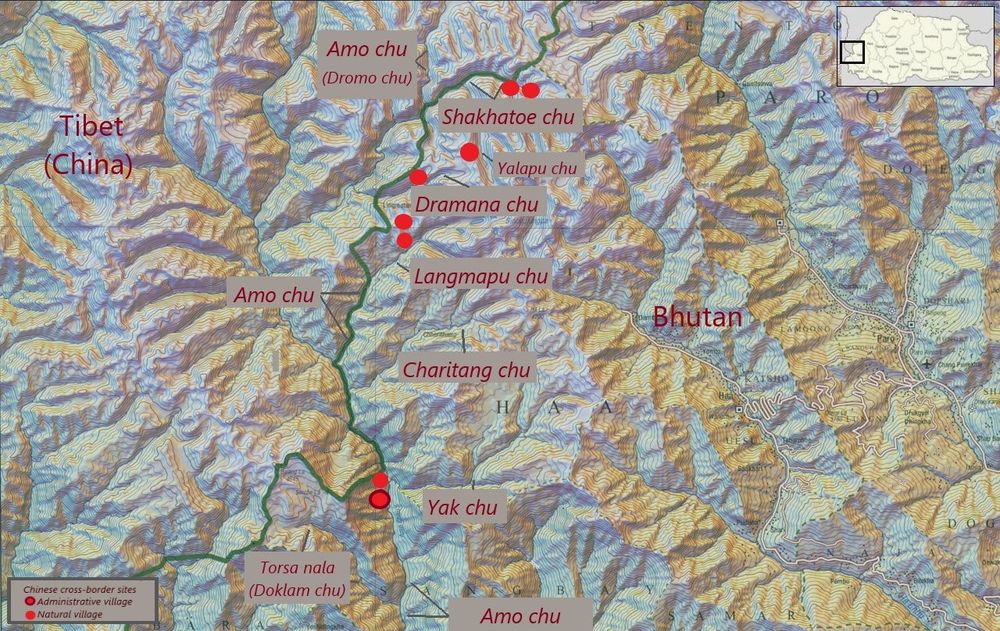
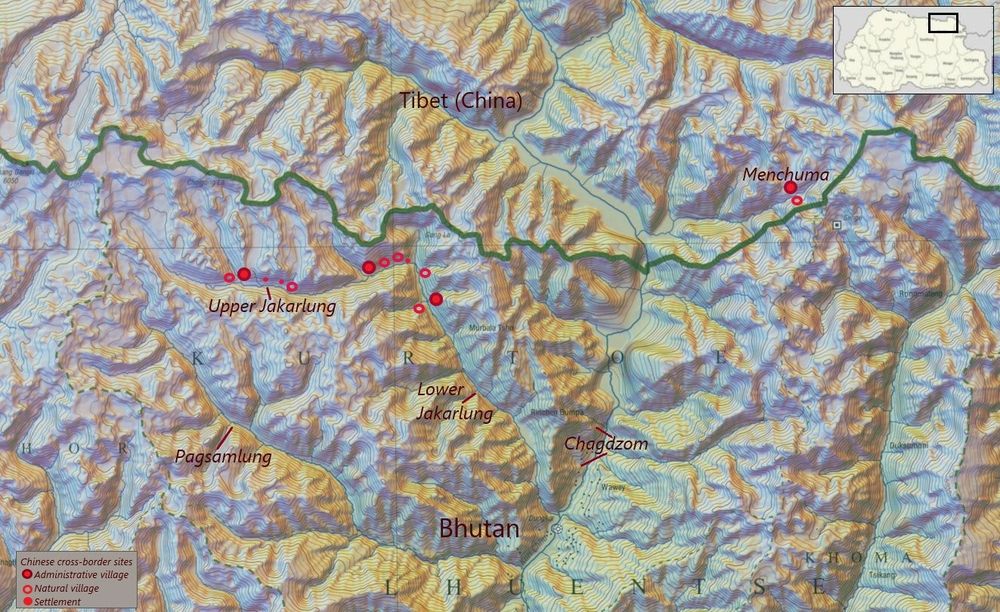
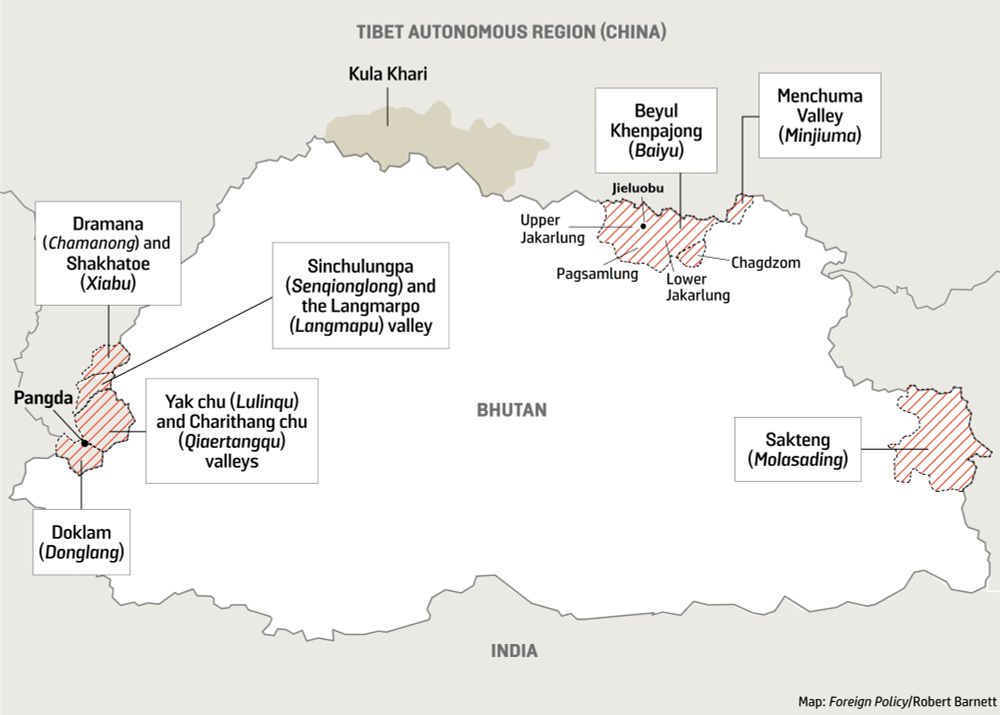
Map 1: principal areas of Bhutan currently claimed by China. Most of the claimed areas in the west (parts of Bji gewog) & in the northeast (the Beyul and Menchuma) have now been annexed by China. Map: Foreign Policy/Robert Barnett.

Map 1: principal areas of Bhutan currently claimed by China. Most of the claimed areas in the west (parts of Bji gewog) & in the northeast (the Beyul and Menchuma) have now been annexed by China. Map: Foreign Policy/Robert Barnett.
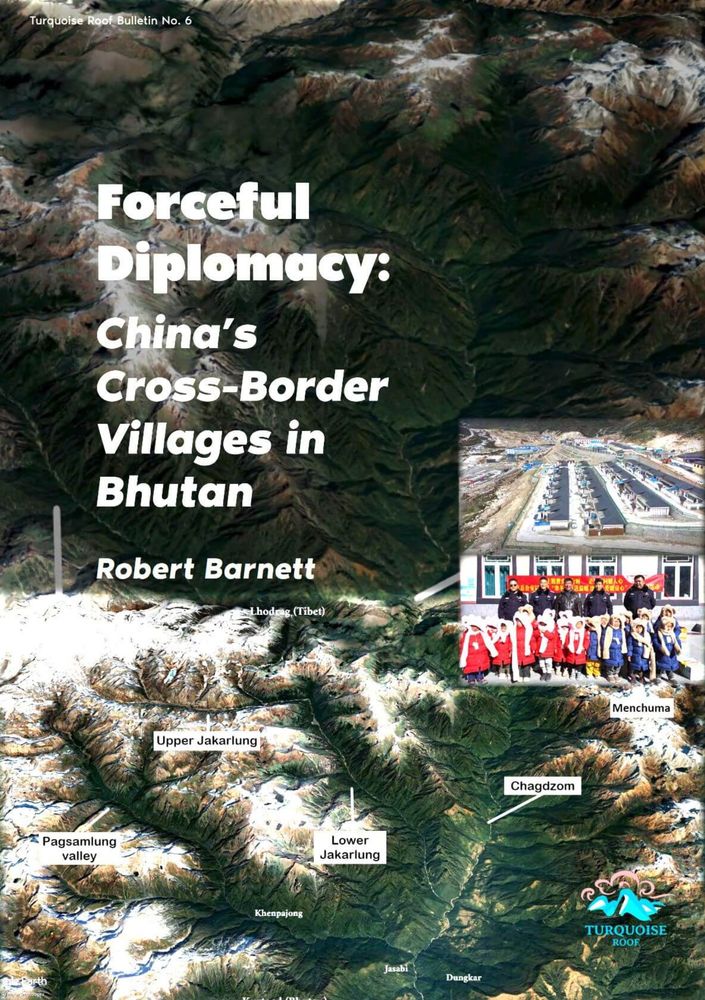


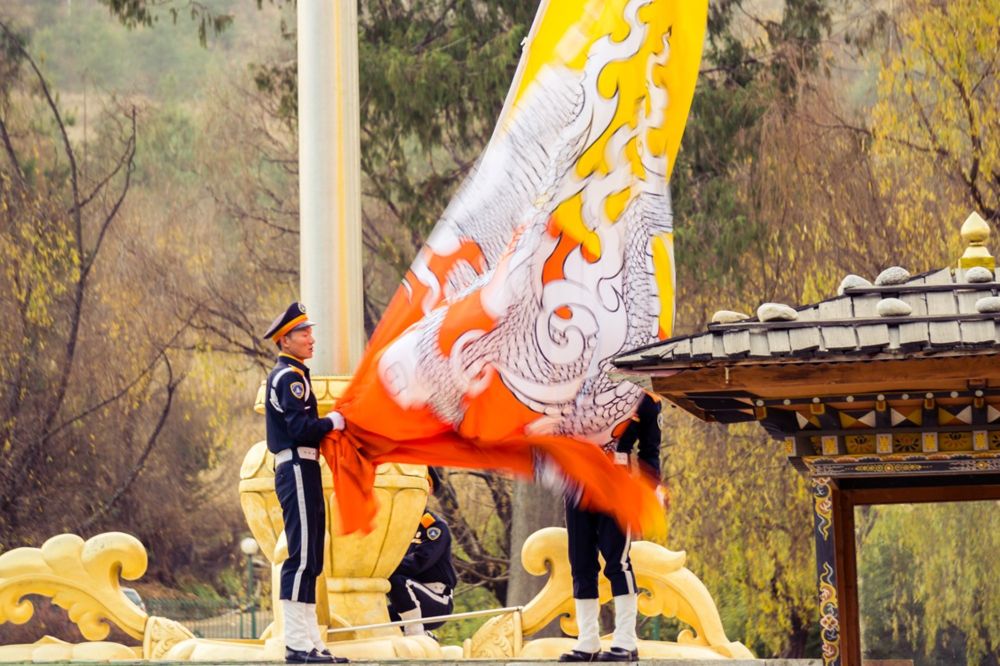

"Text-mining Propaganda: Studying Tibetan Newspapers, 1950s to early 1960s".
Speakers: Franz Xaver Erhard (Leipzig University) & Robert Barnett (SOAS). Moderator: Marcus Gilroy-Ware @mjgw.bsky.social (Creative Digital Media, SOAS).
Details: soas.ac.uk/about…
Reposted by Robert Barnett, Nicholas Loubere
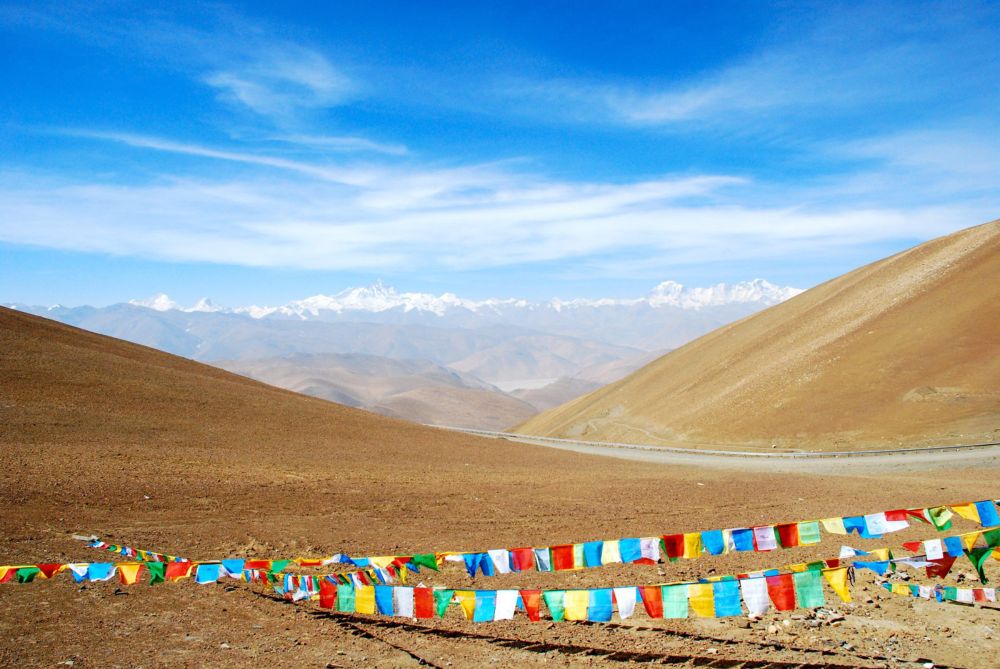
Reposted by Robert Barnett
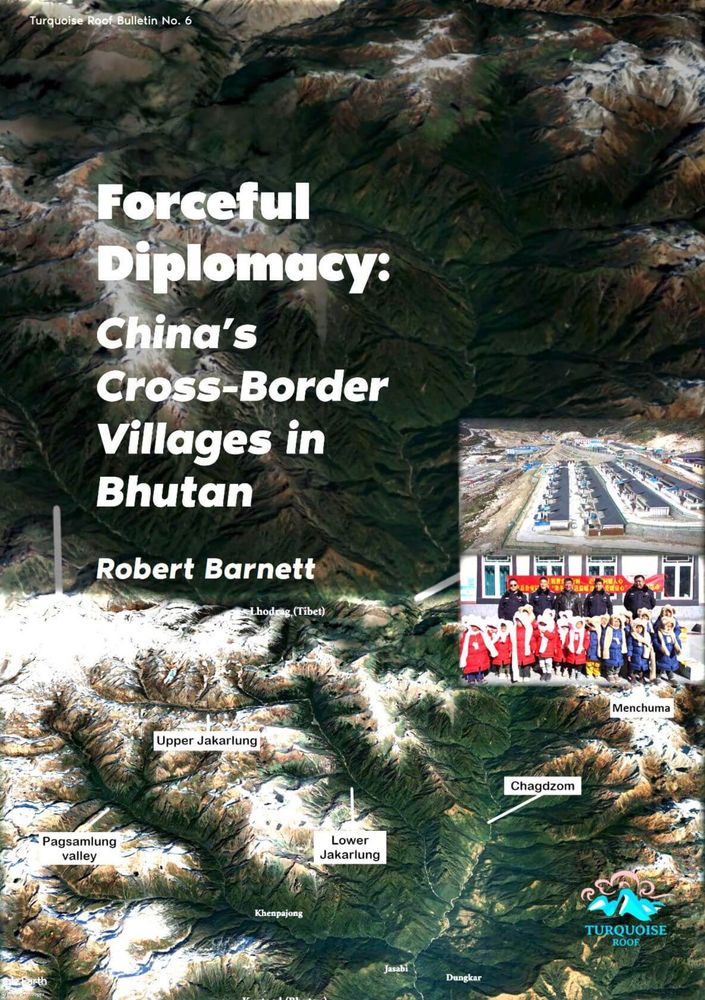
In 2016, China began constructing a village in territory generally understood to be part of Bhutan. It was five years before the existence of that village was discovered by outside observers or noticed by foreign governments.

